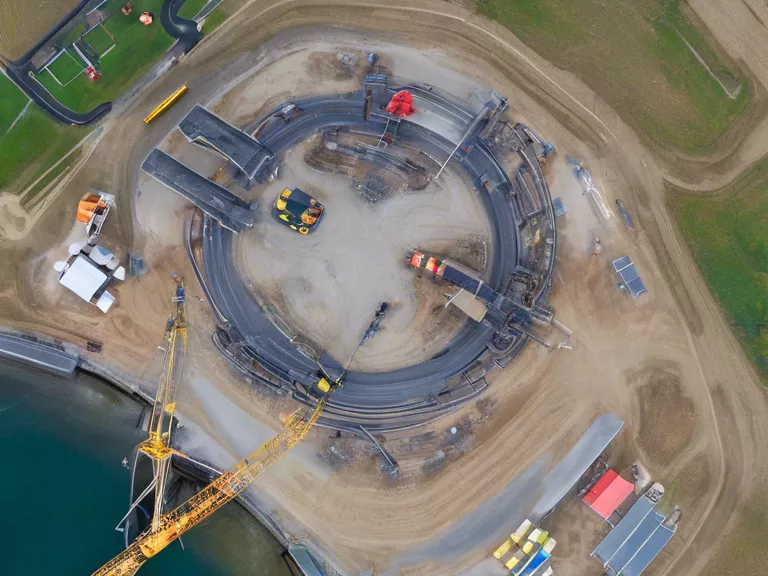
Robotics are revolutionizing patient care in hospitals around the world. From surgical procedures to patient monitoring, robots are being utilized to enhance efficiency and improve outcomes. In this article, we will explore how robotics are being used in hospitals to enhance patient care.
One of the most common applications of robotics in hospitals is in surgery. Robot-assisted surgery allows for more precise movements and better visualization, leading to reduced trauma for patients and faster recovery times. Surgeons can control robotic systems to perform intricate procedures with greater accuracy, making surgeries safer and more effective.
Robotics are also being used in patient care outside of the operating room. For example, robots can be programmed to deliver medication to patients at specific times, reducing the risk of human error and ensuring that patients receive their medications in a timely manner. Additionally, robots can be used to assist with physical therapy exercises, providing patients with the support and guidance they need to regain strength and mobility.
In the intensive care unit (ICU), robots are being used to monitor patients and collect vital signs. These robots can alert medical staff to any changes in a patient's condition, allowing for quicker intervention and potentially saving lives. Robots can also be used to transport supplies and equipment throughout the hospital, freeing up staff to focus on patient care.
Overall, the use of robotics in hospitals is transforming the way patient care is delivered. With the help of robots, healthcare providers can offer more personalized and efficient care to their patients. As technology continues to advance, we can expect to see even more innovative applications of robotics in hospitals in the future.



